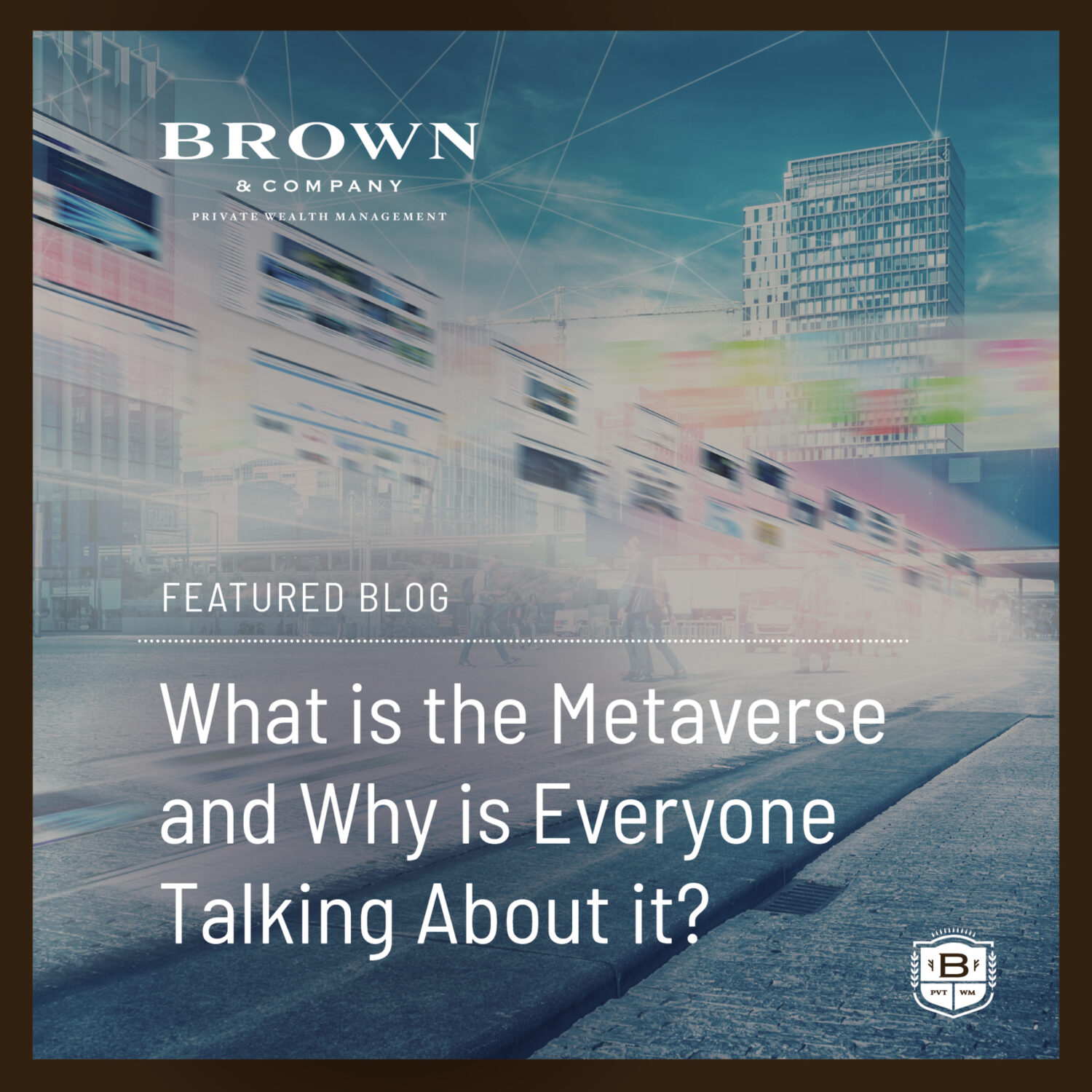- Is Mark Zuckerberg ahead of his time by rebranding Facebook into Meta or just keeping up?
- Nike, Microsoft, Shopify, and more are all putting vast resources into creating the Metaverse.
- The metaverse isn’t the end of the world, it’s the next iteration of technology.
Facebook covered the homepage of every major website and news outlet across the globe in the fourth quarter of 2021 when Mark Zuckerberg, Chief Executive Officer, announced that they would be rebranding as Meta. For many of us, this was our first-time hearing about the metaverse, or what is being coined as the “next internet”. A quick google search and you will find that every news institution and financial influencer has an opinion on it. This isn’t a replacement for the internet; it is simply the next iteration that will be built on top of it. Think of the metaverse as a place where users can work, play, and connect with coworkers, friends and family through virtual trips, concerts, conferences, and more.
Now why should you the consumer, or even the financial markets care about Facebook changing its name or the idea of the Metaverse at all? Because some of the most recognizable companies around the globe, including Facebook are putting more and more resources into the technology that will create this “world”. Microsoft, NVIDIA, Shopify, ROBLOX, and Meta are all organizations that are investing heavily into modern technology that develops 3D virtual spaces and universes. This goes way beyond technology companies though, even Nike is dipping their toe in the water and is creating virtual sneakers that they will sell in the virtual world. Metaverse ETFs are being created like The Roundhill Ball Metaverse ETF, which has watched its assets under management grow by more than 500%[1] since Facebook changed its name to Meta.
You will have to go back to 1992 to find the initial use of the term metaverse, when author Neal Stephenson referenced it in his sci-fi novel, Snow Crash. Online communities have existed since the 90’s and continue to evolve, from the beginnings of AOL instant messenger where a user could message another friend, to video games like World of Warcraft that took an online community and integrated gaming. Today, the most popular version of this is Fortnite, with more than 400 million registered users and a current valuation of $29 billion. For younger generations, this isn’t a social experiment they are trying out, this is their everyday life and no different than more traditional physical interactions that older generations are used to.
The metaverse is not built on code like the internet is, it’s built with engines. These engines are already working with industries like film, education, automotive, and more to create virtual reality, augmented reality, and 3D experiences. The newest engines allow users to experience these worlds through already existing devices like your smartphone, tablet, or computer. Look no further than the internet in your house that keeps getting faster and faster, broadband is being built for the future and that means meeting the demands of the metaverse.
This isn’t doomsday, this is simply the next step in making the world a more connected place. This “world” will enable people all across the world to have access to new experiences, education, networking and more. Luxury brands, technology companies, and everyone in between are proving the demand is already here. October may have been the first time a lot of us heard about the metaverse, but we can all count on a lot more companies joining the party.
[1] A metaverse ETF has seen inflows surge 548% since Facebook’s name change. Here are its top 10 holdings. (msn.com)
